- Who We Are
- Topics
- By Subject Area
- dummy
- By Level
- Projects
- Projects Column 1
- Agency by Design
- Aligned Programs for the 21st Century
- Artful Thinking
- Arts as Civic Commons
- Causal Learning Projects
- Center for Digital Thriving
- Citizen-Learners: A 21st Century Curriculum and Professional Development Framework
- Creando Comunidades de Indagación (Creating Communities of Inquiry)
- Creating Communities of Innovation
- Cultivating Creative & Civic Capacities
- Cultures of Thinking
- EcoLEARN Projects
- Educating with Digital Dilemmas
- Envisioning Innovation in Education
- Global Children
- Growing Up to Shape Our Place in the World
- Projects Column 2
- Higher Education in the 21st Century
- HipHopEX
- Humanities and the Liberal Arts Assessment (HULA)
- Idea Into Action
- Implementation of The Good Project Lesson Plans
- Inspiring Agents of Change
- Interdisciplinary & Global Studies
- Investigating Impacts of Educational Experiences
- JusticexDesign
- Leadership Education and Playful Pedagogy (LEaPP)
- Leading Learning that Matters
- Learning Innovations Laboratory
- Learning Outside-In
- Making Ethics Central to the College Experience
- Making Learning Visible
- Multiple Intelligences
- Navigating Workplace Changes
- Next Level Lab
- Projects Column 3
- Out of Eden Learn
- Pedagogy of Play
- Reimagining Digital Well-being
- Re-imagining Migration
- ROUNDS
- Signature Pedagogies in Global Education
- Talking With Artists Who Teach
- Teaching for Understanding
- The Good Project
- The Studio Thinking Project
- The World in DC
- Transformative Repair
- Visible Thinking
- Witness Tree: Ambassador for Life in a Changing Environment
- View All Projects
- Projects Column 1
- Resources
- Professional Development
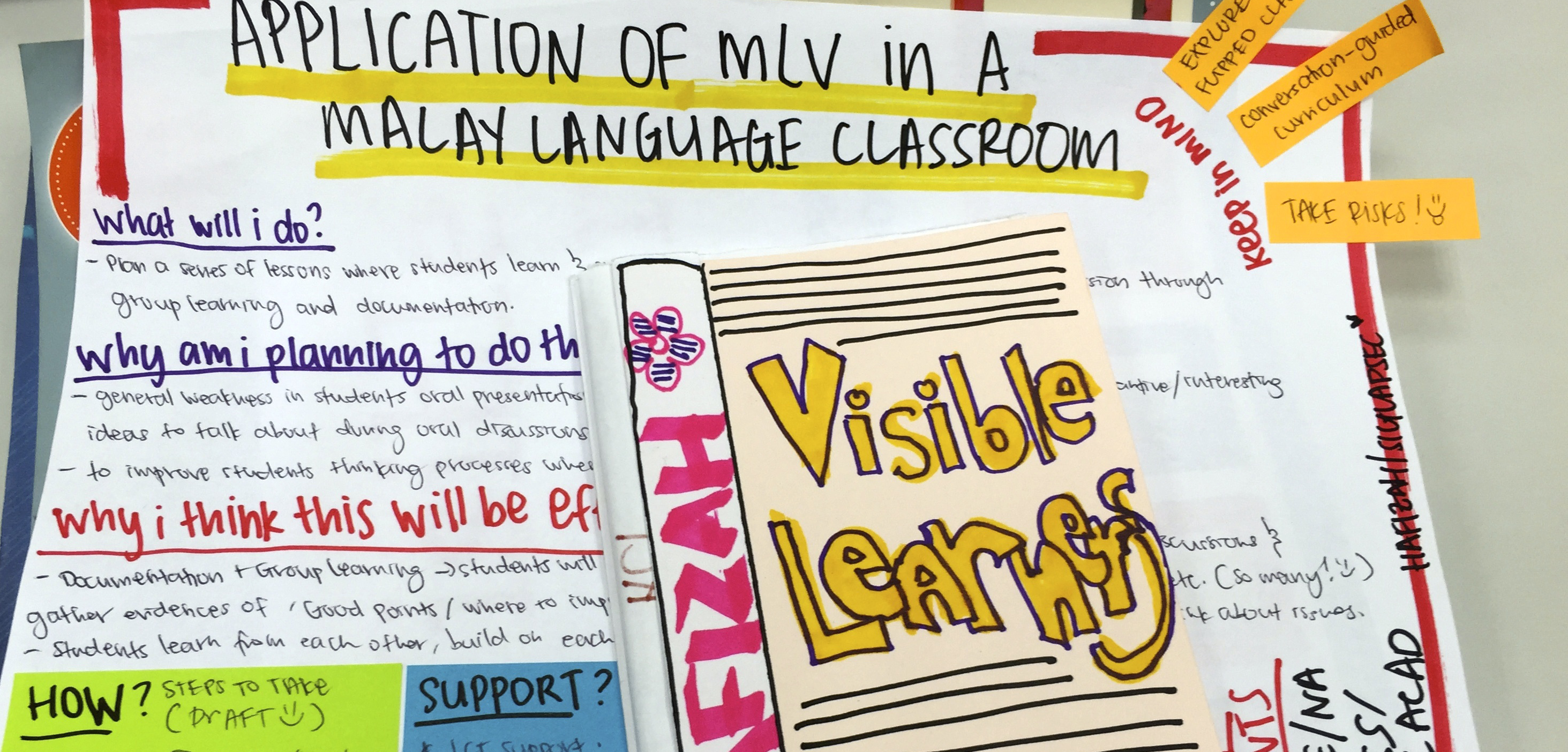
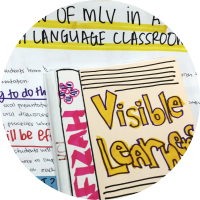
Making Learning Visible
Creating strong learning cultures in schools using documentation as a tool to deepen and extend learning.
Making Learning Visible has a goal to create and sustain powerful cultures of learning in classrooms and across schools that nurture individual and group learning. Though the project focuses on using documentation as a central pillar of group learning, MLV is ultimately a project about democracy. By learning in groups, we also learn about the cultures and values of others. By seeing how these unique perspectives influence the learning process, we gain a greater understanding of what we learn as well as each other.
For access to all Making Learning Visible resources on this website (as used to be accessible from the original MLV website), click here.
Additional Publications
Making Learning Visible: Children as Individual and Group Learners
Project Zero and Reggio Children (2001)
 This book reports on a collaboration between Project Zero and the Municipal Preschools and Infant-toddler Centers of Reggio Emilia, Italy, on the nature of learning in groups and how to understand, support, document, and assess individual and group learning. The authors argue that systematic and purposeful documentation of the ways in which groups develop ideas, theories, and understandings is fundamental to the meta-cognitive activity that is critical to the learning of individuals as well as groups.
This book reports on a collaboration between Project Zero and the Municipal Preschools and Infant-toddler Centers of Reggio Emilia, Italy, on the nature of learning in groups and how to understand, support, document, and assess individual and group learning. The authors argue that systematic and purposeful documentation of the ways in which groups develop ideas, theories, and understandings is fundamental to the meta-cognitive activity that is critical to the learning of individuals as well as groups.
Selected Articles
- Accountability in Three Realms: Making Learning Visible Inside and Outside the Classroom
- Challenging Educational Assumptions
- Changing our Skin: Creating Collective Knowledge in American Classrooms
- Engaging City Hall: Children Are Citizens
- Places to Play in Providence: Valuing Preschool Children as Citizens
- Zooms: Promoting Schoolwide Inquiry and Improving Practice
Selected Videos
Pictures of Practice
Examples of Documentation to Aid Teachers' Own Reflections
Documentation collected for this purpose helps teachers stay close to students' learning and interests by enabling them to revisit a learning experience. It leads teachers to compare what they thought would happen to what really went on and informs decisions about where to go next. Sharing this kind of documentation with others reduces the subjectivity of a single person's analysis and interpretation and can deepen understanding. This form of documentation is the least shaped (or the most "raw") of the three types described here. Reviewing this type of documentation often influences the amount of time a group spends on a topic and the level of student involvement in shaping the learning experience.
Examples of Documentation Shared Back with Learners
Making visible images of learning and being together in a group is a way to foster group identity and learning. This type of documentation promotes conversation or deepens understanding about one or more aspects of a learning experience. It can serve as a memory of learning in the classroom, allowing children and adults to reflect on, evaluate, and build on their previous work and ideas. Sharing documentation back with learners can take many forms: a photocopied sheet of paper, words repeated back to students, work brought back to a small group or put up on a wall, or a carefully arranged panel. The examples in this section range from more immediate and "in the moment" to more fully framed and shaped.
Examples of Documentation that is Shared More Widely
Documentation is an act of communication; it makes public a conversation about what we value. When preparing documentation to stand on its own, documenters need to provide enough context and framing so that others can derive meaning from it. Depending on the purposes and setting for the documentation, the context could include logistical information, such as key names, dates, and age group represented, as well as the purpose of the learning experience.
Project Info
Start Date:
1997
Funders:
Atlantic Philanthropies, the Barr Foundation, the Ohio Department of Education, and the Massachusetts Department of Education


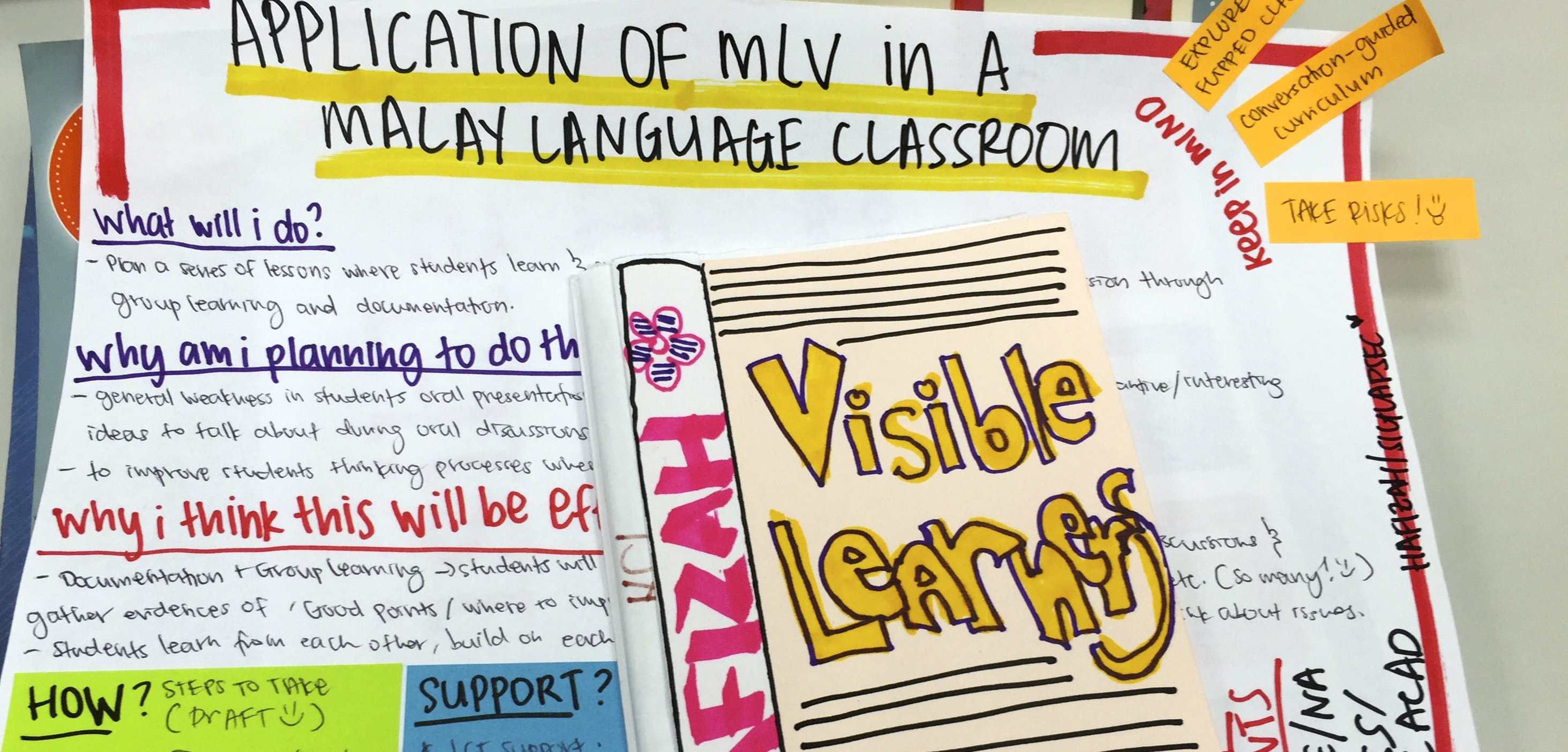
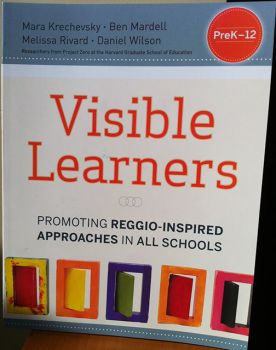


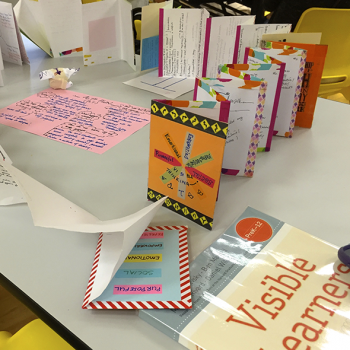
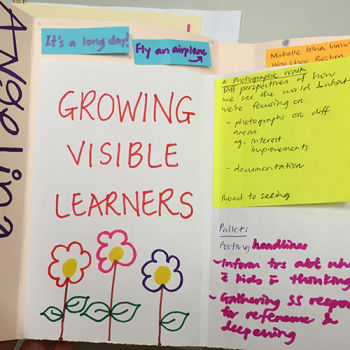
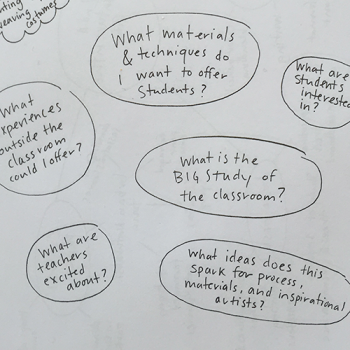
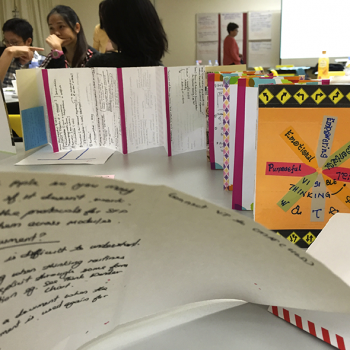
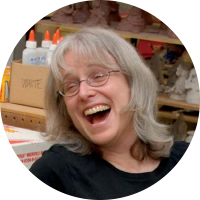

-
-
-
Support PZ's Reach